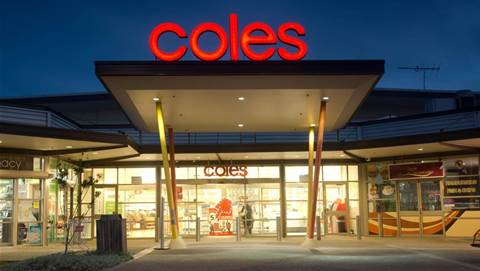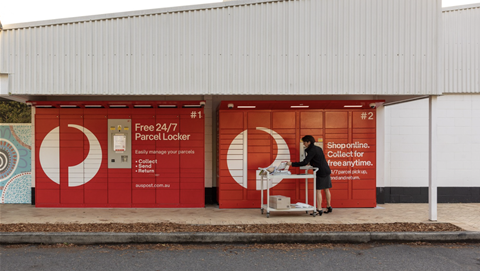Cross border e-commerce transactions are going to surpass the $2 trillion mark for the first time in 2023, according to Juniper Research.
The research report forecasts the future challenges and opportunities in the e-commerce sector, revealing that with growth of over 13 percent in one year, cross-border e-commerce transactions will rise to account for 38 percent of all e-commerce transactions globally by value next year.
Diversified e-commerce models including click and collect and buy now pay later services are driving this change, the authors reveal, with 97 percent of these transactions being spent on consumer goods with the rest made up of digital.
According to the report, “Better accessibility and frictionless customer experience are the two key drivers of BNPL growth, therefore, it is forecast to cannibalise more of the digital payments market share, as Internet usage and mobile penetration increase. It will thus play an important role in improving the cross-border shopping experience.”
Online marketplaces such as Amazon have been a driver of growth for cross-border transactions, as shoppers can buy from multiple vendors at competitive prices.
“The marketplace model within e-commerce takes the complexity away, meaning that cross-border merchants can provide a localised service. As such, marketplaces are an excellent way to gain immediate access to an existing user base, albeit one that can be restrictive compared with having a direct-to-consumer relationship,” said co-author Nick Maynard.
Regulation
Extending e-commerce operations across multiple markets can bring its own challenges as each market can have its own regulatory frameworks and barriers to entry. Variations in taxes, tariffs and legalities can occur from country to country, the authors say.
Specific regulatory challenges when it comes to payments include the handling of personal data, credit card security standards and multi-currency pricing, among others.
“The challenges presented by expanding eCommerce operations to different markets are commonly tied up with regulatory requirements, but also extend beyond this. The digitalisation of commerce and of the payment experience is shifting shopper expectations in terms of the service they expect, with consumers expecting their transaction experience to be more seamless and more integrated with the whole commerce experience,” the authors write.



.png&h=140&w=231&c=1&s=0)
_(22).jpg&h=140&w=231&c=1&s=0)





_(26).jpg&w=100&c=1&s=0)

 iTnews Executive Retreat - Security Leaders Edition
iTnews Executive Retreat - Security Leaders Edition












_(1).jpg&h=140&w=231&c=1&s=0)



